I am Brady Whitney, a game designer from Ames, IA. I have been designing for only 5 years officially, but I’ve been building and creating toys and games for as long as I can remember. For those last 5 years I’ve been studying Industrial Design at Iowa State University where I slowly began to realize that my passion for design lied in the realm of toys and games. I designed three board games prior to designing the Codex but have yet to publish them as I was too involved with school at the time. The Codex serves as the culmination of all the skills I was taught through the design program, demonstrating sketching, ideation, market & product research, and prototyping.
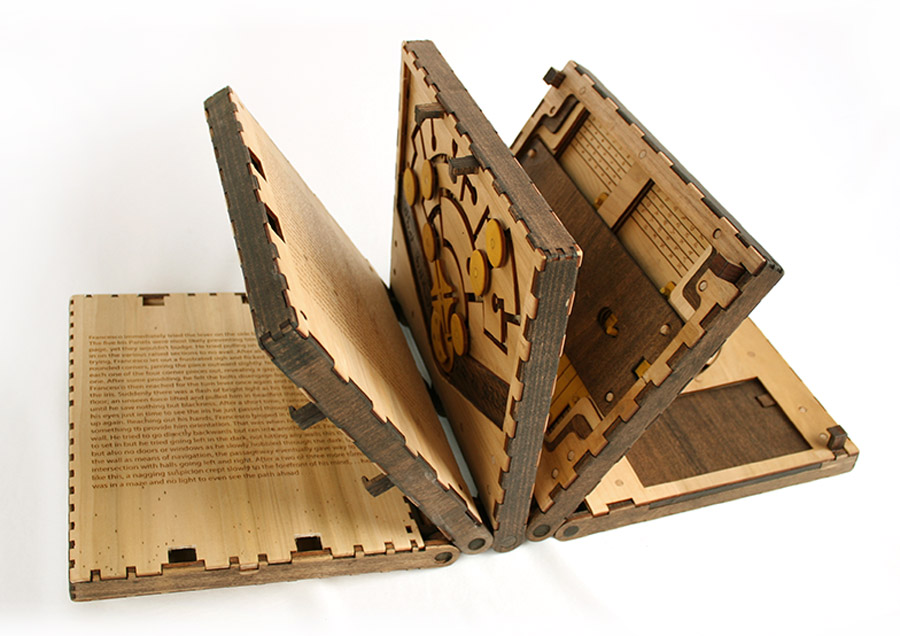
Codex Silenda is a 5 page wooden puzzle book where each page features five unique mechanical puzzles. The objective is to solve each puzzle before you can unlock the next one and continue on to the next puzzle.
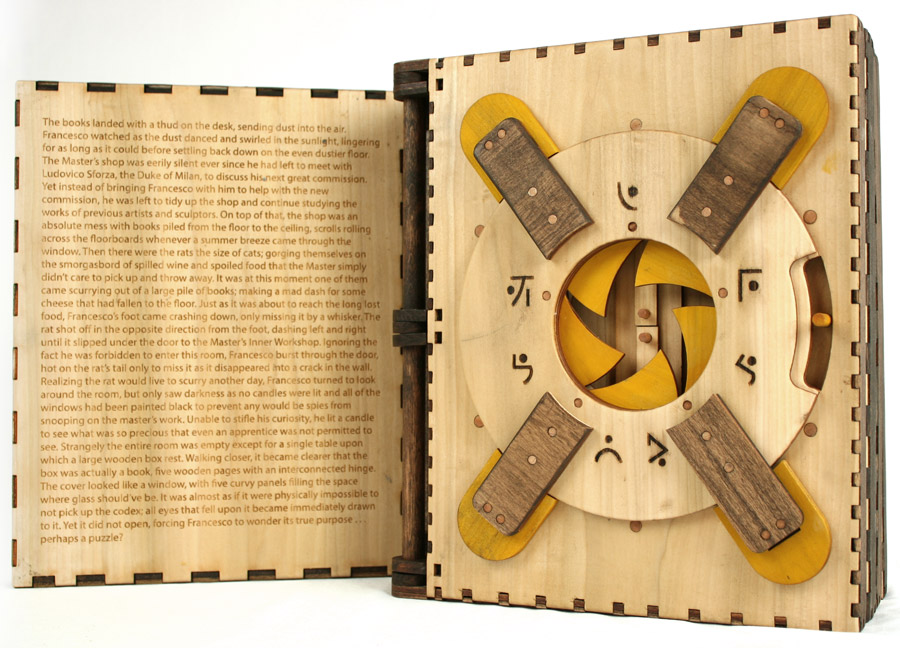
There is also a story that gives hints and clues and progresses as you solve each puzzle, it follows the adventures of an Apprentice in Leonardo Da Vinci’s Workshop.
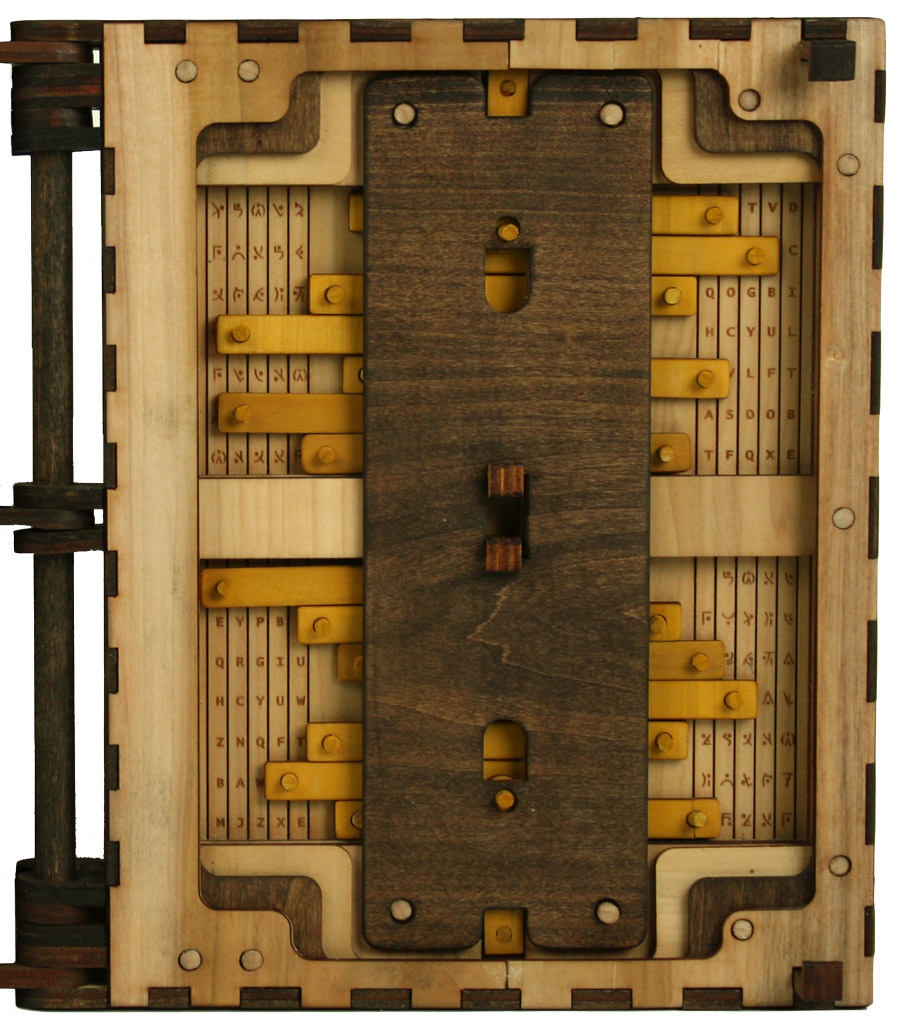
The whole project started off as a Senior Thesis Research Project where our objective was to go and find a problem in the real world, research that problem and the current market (if there is one) around it, and finally solve the problem by designing a product or system that does just that.
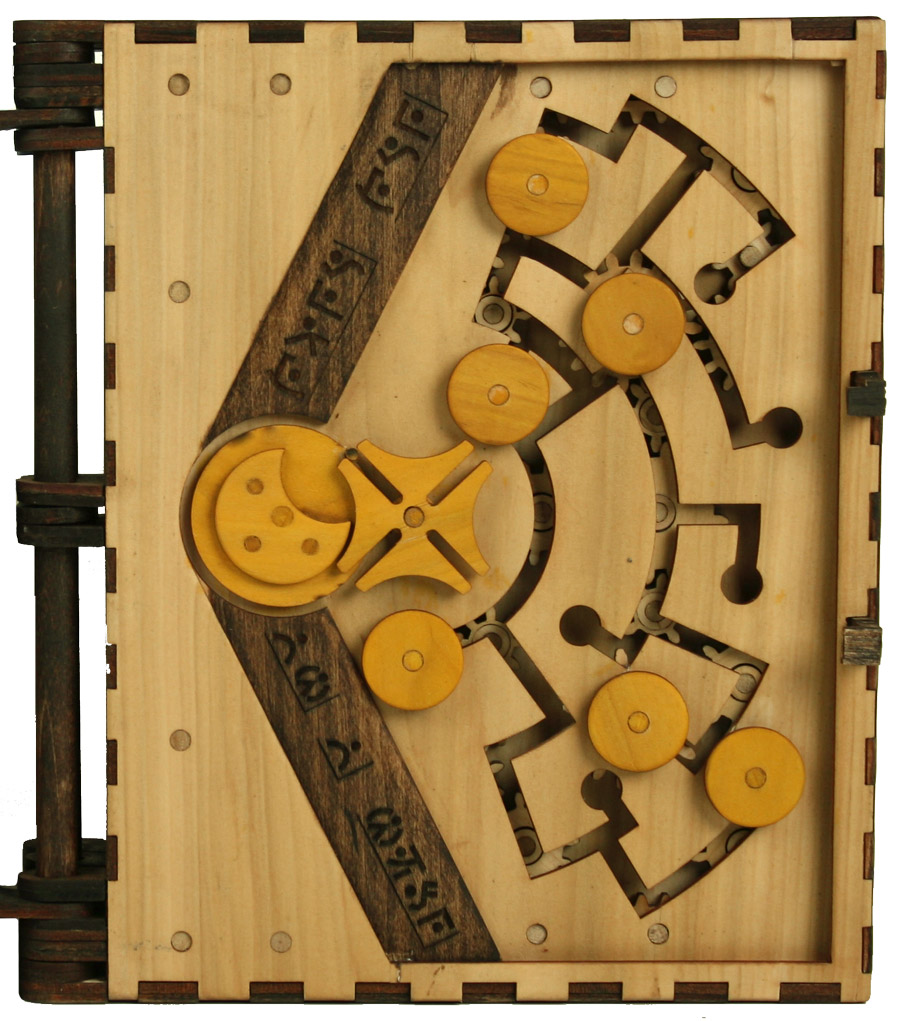
Since my passion lies in the realm of toys & games, I decided to focus on puzzles and through my research I found that most tend to fall into one of two categories. Those that are cheap and simple that once you’ve solved them, they lose their mystery and you never play with them again. Or you have those that are made by Master Puzzle makers and can only produce them in limited numbers due to their handcrafted quality. These however tend to be very expensive and usually only produced in a single limited run.
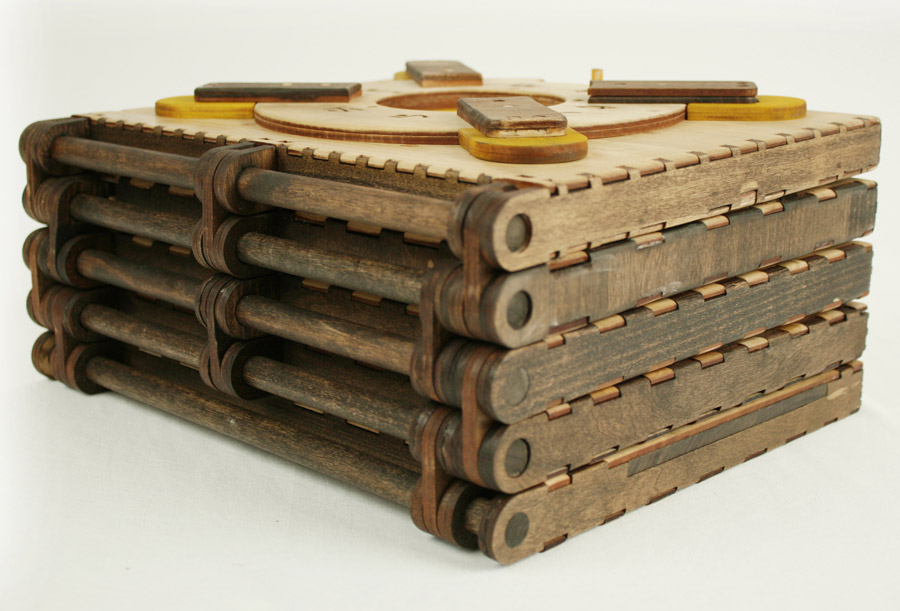
It was my solution to address this huge gap by designing a puzzle that could combine the best of both categories. Once I had decided what the problem was and how I was going to address it, I began sketching and further researching manufacturing methods as well as how most puzzles tend to work.
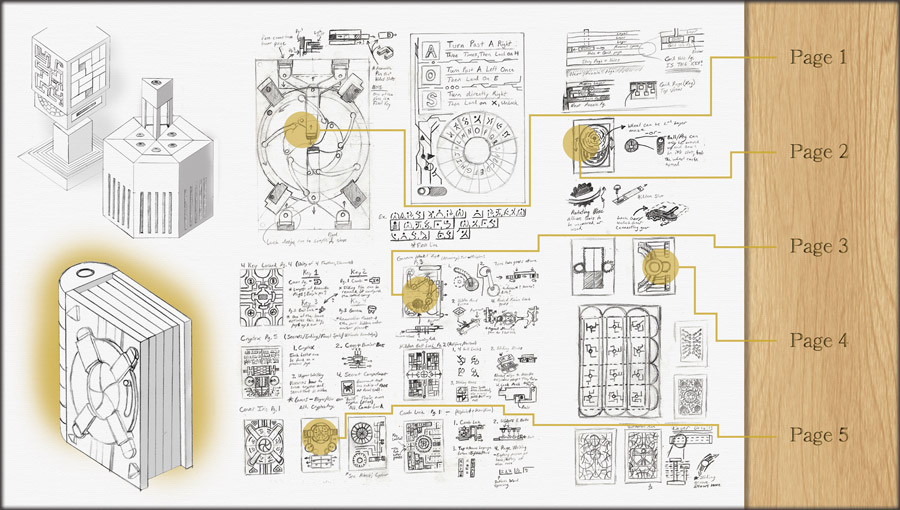
I filled about 20-30 pages of just pure sketches of various puzzle styles or types until I narrowed it down to five. Then I began to work through CAD modeling programs to figure out how each page would work, testing the mechanics out and seeing what could work and what couldn’t. After about two months of this, I stepped into the prototyping phase where I had to test, test, test every element of the puzzle mechanics, tweaking them here and nudging there until I finally had a mostly functioning prototype.
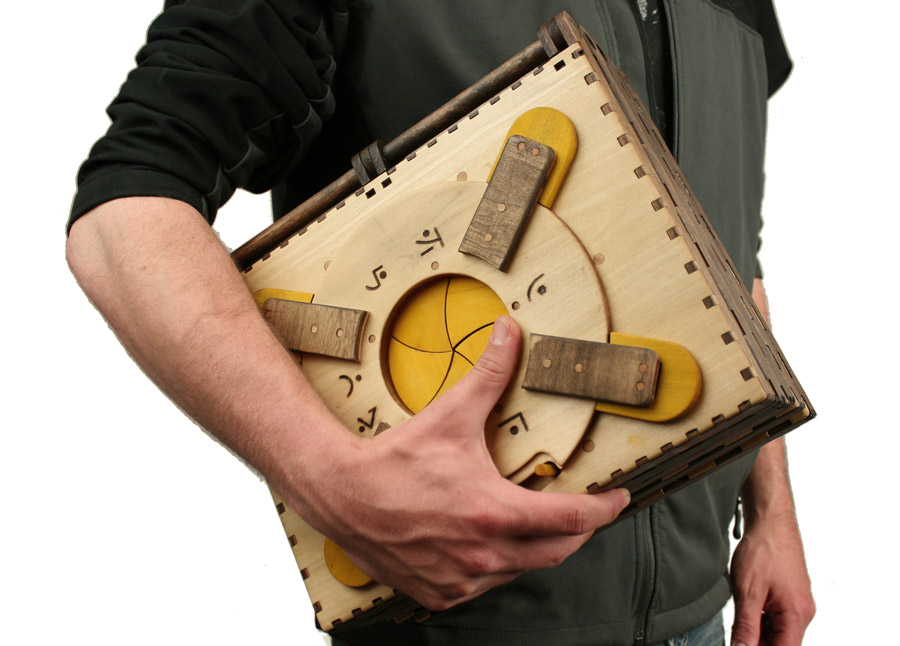
I was dealing with far inferior wood and laser cutters and could not finalize my testing as the semester was drawing to a close. After that, it was simply gearing up for the Kickstarter and raising awareness of the Codex!
Visit the campaign on Kickstarter for more information.
Did you like this story? Please share or comment. Go to this page to submit a story yourself. Subscribe to our online magazine here!
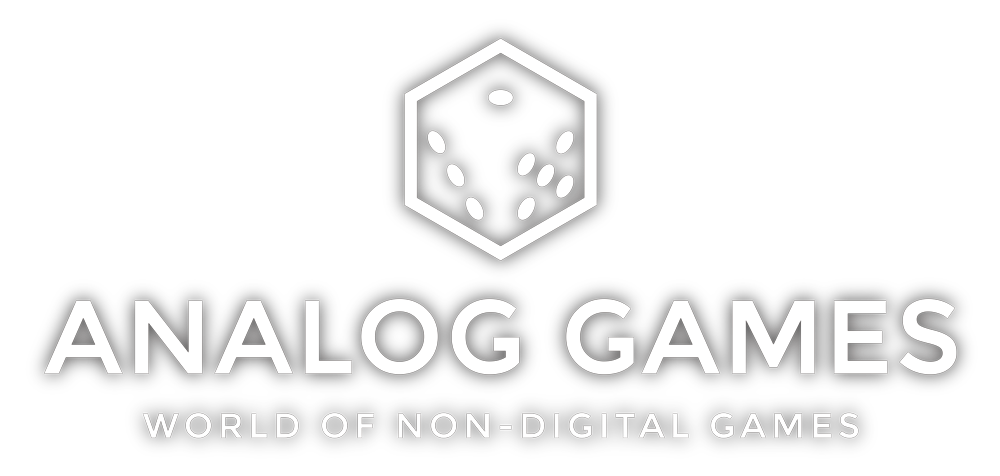
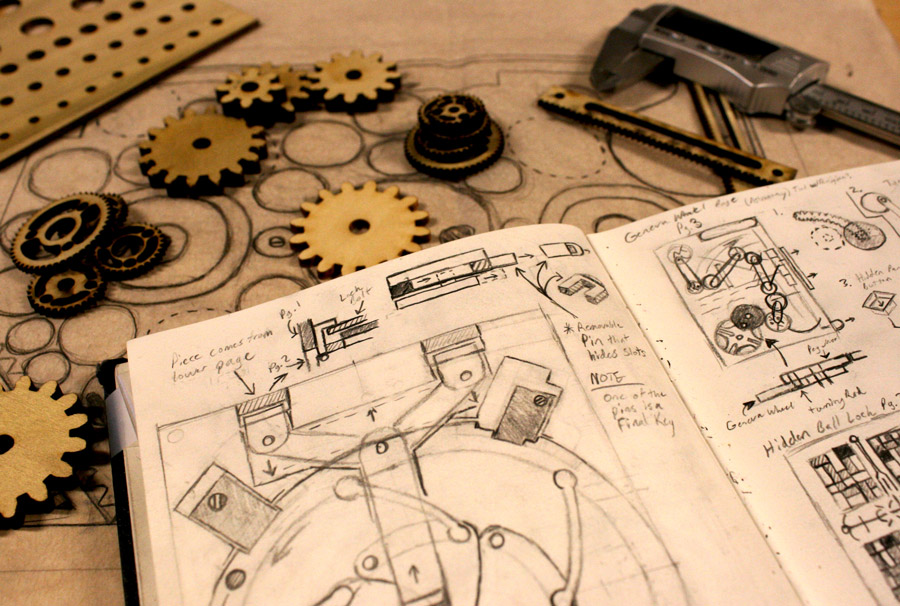
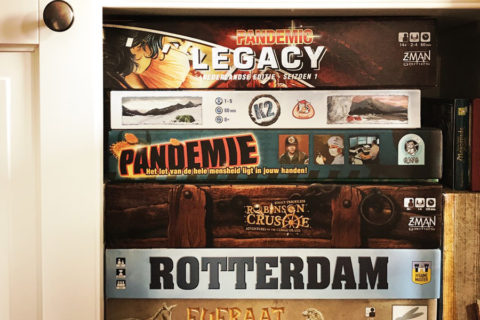
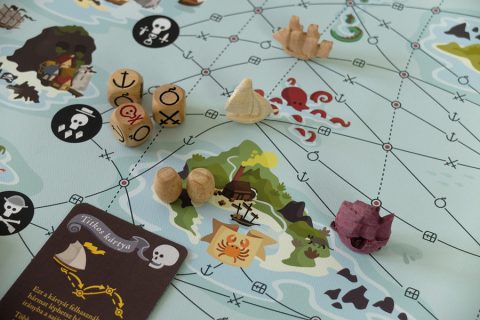
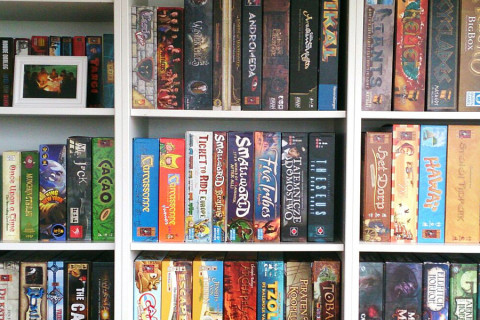
love puzzles. They are one of the most ageless forms of entertainment and a great form of exercise for your brain. So you can visit professional bio writer for the new tips of writing services. There’s nothing more satisfying than giving your mind a puzzle to solve and then watching it come together piece by piece. In this book, I have compiled some of the best puzzles not commonly found online.
Your article has answered the question I was wondering about! I would like to write a thesis on this subject, but I would like you to give your opinion once 😀 baccaratsite
Hello! Balancing multiple assignments can be quite challenging for students, often requiring them to split their time between various tasks. Fortunately, a group of friends introduced me to phdresearchproposal.org . Thanks to their recommendation, I was able to successfully submit my papers within the stipulated deadlines, all while managing to continue with my internship without any disruptions.
Spotiflyer, the innovative online tool and downloadable software, is designed to make your Spotify music experience even more flexible. Whether you’re heading out for a run, embarking on a road trip, or simply relaxing at home, Spotiflyer allows you to download your beloved Spotify tracks and playlists, ensuring your music is available anytime, anywhere.
SoundCloud is a popular platform for music enthusiasts to discover and share tracks from artists around the world. While SoundCloud allows users to stream music, they may want to download tracks for offline listening or to keep in their music collection. To do this, there are various tools and applications available, often referred to as “SoundCloud downloaders” or “SoundCloud to MP3 converters.
Soundcloud Songs Converter Online SoundCloud is a popular platform for music enthusiasts to discover and share tracks from artists around the world. While SoundCloud allows users to stream music, they may want to download tracks for offline listening or to keep in their music collection. To do this, there are various tools and applications available, often referred to as “SoundCloud downloaders” or “SoundCloud to MP3 converters.
Seeing how professional writers tackled complex nursing topics was eye-opening. It helped me approach my essay with more depth and critical analysis. I feel like these examples have genuinely elevated the quality of my academic writing.
Hi. It is important for me to feel comfortable and safe while playing, and the https://slotscity.ua/ platform fulfills all my requirements. In addition, it provides various deposit and withdrawal methods, which makes the process of playing even more convenient and accessible for me.
Your article helped me a lot, is there any more related content? Thanks!
Excellent article and easy to understand explanation. How do I go about getting permission to post part of the article in my write my assignment news letter? Giving proper credit to you the author and link to the site would not be a problem.
With its classic silhouette and rugged elegance, the Best Flight Gear Aviator Brown Leather Jacket exudes timeless appeal. Whether you’re a history enthusiast, aviation aficionado, or fashion connoisseur, this flight gear aviator brown leather jacket is sure to make a statement wherever you go. Wear it with pride and channel the courage and adventurous spirit of the aviators who came before you.
nice post
Explore top-quality Concrete Batching Plant manufacturers and suppliers in India, offering reliable solutions for construction projects. Find innovative batching plants designed for efficiency, durability, and precision in concrete production.
I really appreciate the time and effort you put into your blog posts.
It’s clear that you’re passionate about it.
Car parking shades in Saudi Arabia
I appreciated how the essay dives into emotional intelligence in nursing https://www.nursingpaper.com/examples/emotional-intelligence-and-its-application-essay/ and breaks down its role in things like empathy and communication. If you’re feeling stuck or unsure how to start your essay on emotional intelligence, this one can give you a solid direction.
I don’t think the title of your article matches the content lol. Just kidding, mainly because I had some doubts after reading the article.
Thank you for your sharing. I am worried that I lack creative ideas. It is your article that makes me full of hope. Thank you. But, I have a question, can you help me?